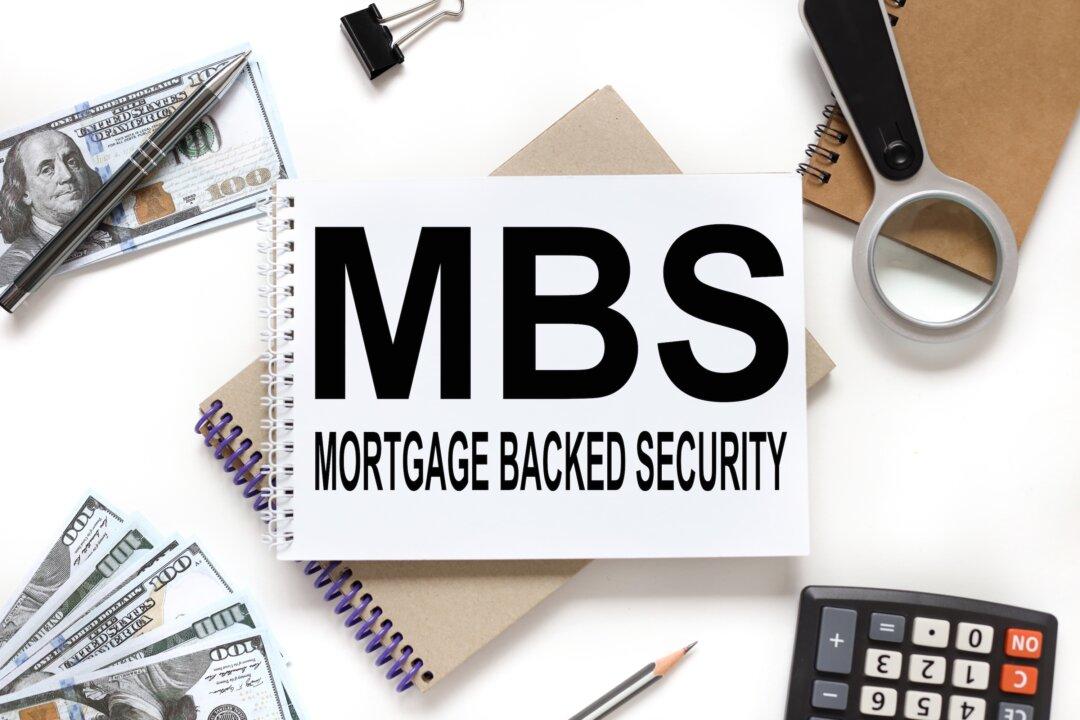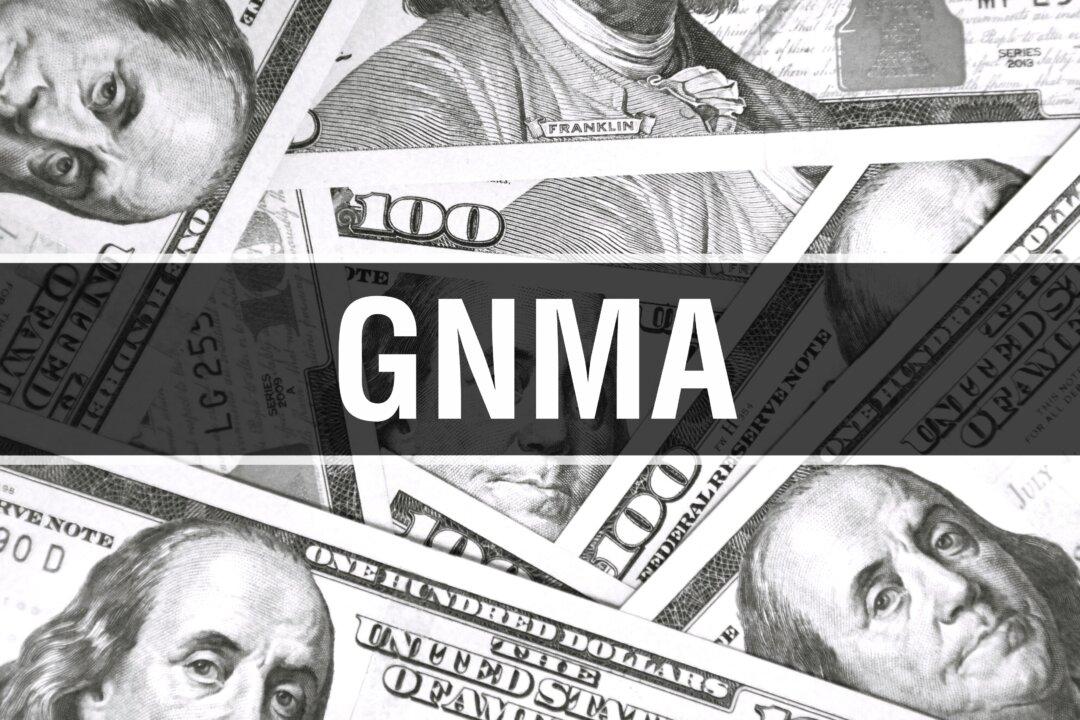Tips from a Pro
I asked my friend George Alex Popescu to provide some expert insight on P2P lending. George is the founder, CEO, and editor in chief of Lending Times, a media company that publishes in the peer-to-peer and alternative lending space Over the last ten years, George founded ten companies in online lending, craft beer brewery, exotic sports car rental space, hedge funds, peer-reviewed scientific journal, etc. He has advised dozens of early stage start-ups in different fields and was a mentor at MIT’s Venture Mentoring Services and Techstars Fintech in New York. In short, he knows his stuff.
George Alex Popescu:
The best advice that I could give any investor is to put some real thought into diversifying to manage risk. Investing in peer-to-peer loans is already a great way gain diversity from your other investment such as real estate, stocks, and bonds. Most new P2P investors spread their funds among many small loans, and that is a great start. Investors should strive for even better diversity by spreading funds among a few different platforms.
Lack of liquidity can also be an issue for some new investors. If you buy into a three-year note, you’d better be absolutely sure that you won’t need your money back sooner. I have heard of many investors who suffered big losses trading out of their notes early. Think of these notes like a bank CD that you cannot cash in until the term is up.
Finally, consider investing through your IRA to save on taxes.





